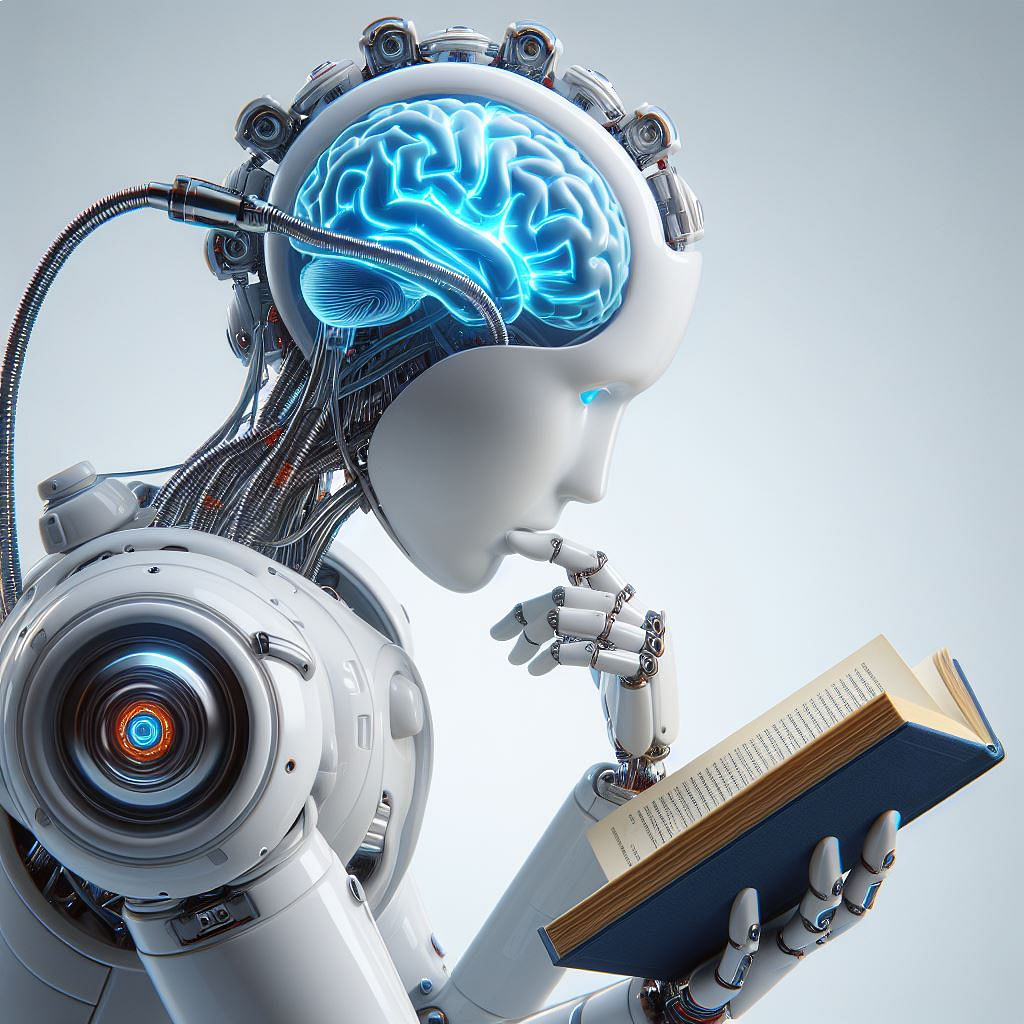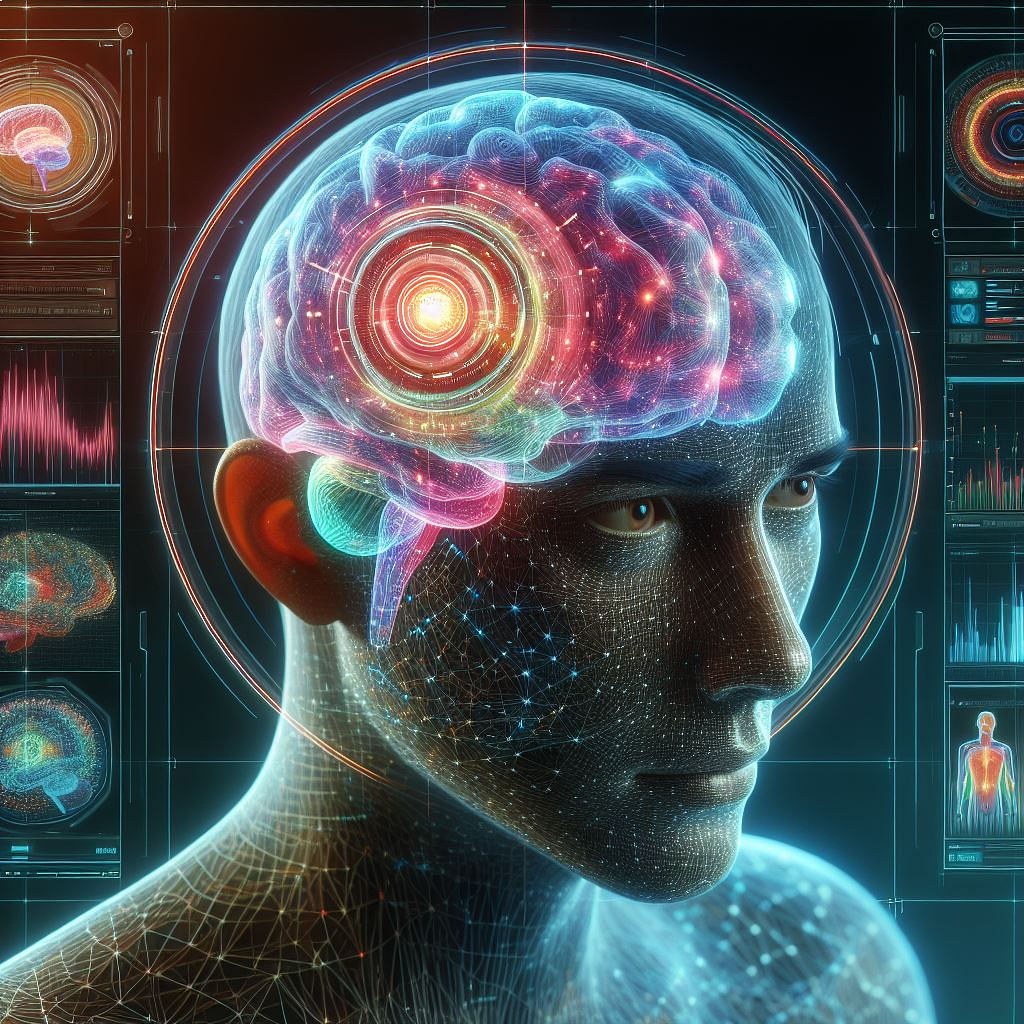Can AI Read our Minds? A Look at the Reality of Mind Reading Technology
The human brain is the most complex part of the human body. For centuries, scientists and psychologists have studied how the hundreds of billions of cells and trillions of connections within the brain help form cognition. Now, groundbreaking studies from researches like Jerry Tang at the University of Texas at Austin have found that rapidly evolving artificial intelligence (AI) technology can potentially decode human thoughts.

Conversations about the potential for AI to read our minds have been rampant. So, we thought it would be fun to dive in and see how it correlates to mentalism and mind-reading.
Mind-Reading AI: Translating Brain Waves into Written Text
 To core study we examined was spearheaded by the aforementioned Jerry Tang. It utilized a sensor-filled helmet with AI to translate a person’s thoughts into written text. Participants in the study wore a cap that monitored their electrical brain activity through electroencephalogram (EEG) recordings as they read passages of text. DeWave, a powerful AI model that does not rely on spoken word, then converted these brainwave recordings into written word. While the accuracy of the system currently resides at around 40%, recent data under peer review suggests that it could eventually improve beyond 60%.
To core study we examined was spearheaded by the aforementioned Jerry Tang. It utilized a sensor-filled helmet with AI to translate a person’s thoughts into written text. Participants in the study wore a cap that monitored their electrical brain activity through electroencephalogram (EEG) recordings as they read passages of text. DeWave, a powerful AI model that does not rely on spoken word, then converted these brainwave recordings into written word. While the accuracy of the system currently resides at around 40%, recent data under peer review suggests that it could eventually improve beyond 60%.
Chin-Teng Lin from the University of Technology Sydney (UTS) emphasizes this technology is non-invasive, cost-effective, and portable. It has proven to be tremendously adaptable as well, already experiencing a significant evolution in which the participants no longer read the sentences out loud. Instead, they read them in their head.
Are Mind Reading Machines Real?
So, have scientists created real mind reading machines? Not really. Those are still a work of science fiction. What researchers have done though is create “deep learning” algorithms that decipher the human brain. This has enabled them to create a model inspired by how our brain encodes information.
In a second study, participants viewed videos while a functional MRI machine measured brain activity in the visual cortex and other regions. An artificial neural network, tailored for image processing, learned to associate video images with brain activity. As the women in the study continued to watch additional clips, the algorithm was then able to produce predictions which correlated with the actual activity in a dozen brain regions

Combined with another network capable of decoding neural signals, the research technology was able to predict with approximately 50% accuracy what a participant was watching based on brain activity. Even when trained on data from a different participant, it still categorized images with about 25% accuracy.
While both studies underscore the strides made in mind-reading technology, challenges persist. The accuracy of mind-reading AI systems, whether translating brainwaves into text or predicting visual stimuli, remains a work in progress. Aspects such as silent reading, a key advancement in the first study, and decoding diverse brain activities in the second study, showcase the evolving landscape of these technologies.
The dream of translating thoughts into bits and enabling individuals to communicate vivid ideas or dreams without words holds promise. However, the current limitations, including accuracy rates and the fidelity of reconstructed images, highlight the complex challenges researchers face in truly deciphering the human mind.
The Intersection of Science and Fiction: Mind Reading or Mentalism Tricks?
As we explore the possibilities of mind-reading technology and AI's role in understanding our thoughts, it's crucial to recognize the fine line between science and fiction. While these studies showcase remarkable advancements: true mind reading, as depicted in science fiction or by fraudulent psycics like Uri Geller, remains a distant horizon.
In essence, these studies don't offer "mind reading" that is any more real than popular mentalism tricks used by the world’s most famous mentalists.

So, what is Mentalism? Mentalism is is a performance art in which you create the illusion of mind reading or predicting the future by combining observational and psychological skills with incredible showmanship. While the technology in these studies offer a glimpse into the intricacies of the human mind, they still stop short of true telepathic capabilities. So, just like the how the TV show The Mentalist isn’t real, neither is mind reading technology.
That being said, you don’t need fancy technology or expensive research grants to start learning mentalism yourself. In fact, there are many easy mentalism tricks you can learn for free today.
Learn How to Read Minds for Free
